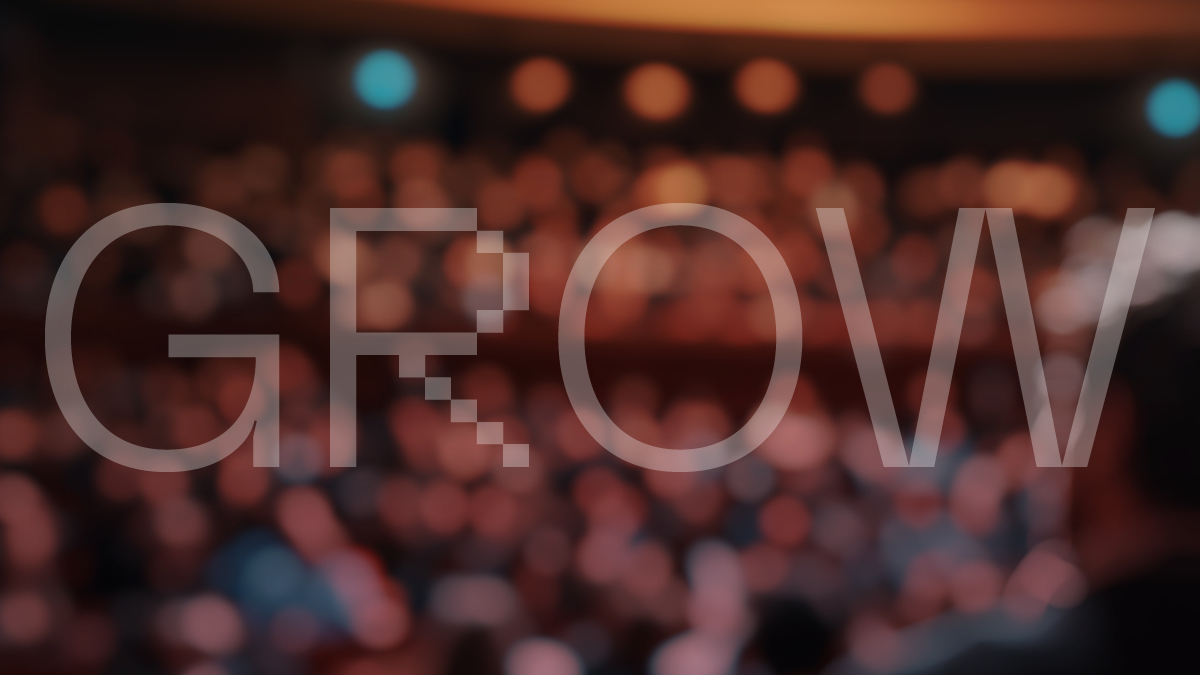Paid advertising is one of the most powerful tools to use in digital marketing campaigns. But which platform should you choose to achieve your marketing goals?
In this blog, we’ll be taking a look at the different platforms that are available and why each might be the right choice for your business. But first, it’s important to understand the basics.
What is PPC?
PPC stands for Pay Per Click advertising. It refers to the running of digital ads, where an advertiser pays each time their ad is clicked on.
These ads can be run on a multitude of platforms, but some of the most common ones are Google Ads, LinkedIn, Facebook and Instagram. Each platform works slightly differently but all work on the same premise of showing ads to a target audience with the goal of building brand awareness or increasing site traffic, conversions or leads.
How does it work?
We can split PPC into two categories: paid search and paid display. Paid Search - used on platforms such as Google and Bing - works by allowing advertisers to bid on certain keywords at different points throughout the day in order to ‘win’ a click on their ad. A combination of multiple factors, including bid amount and the quality of the ad, decide the winner - and they will appear in the top spot of the search results.
Paid display is used across platforms such as Google, LinkedIn and Facebook. This is a type of PPC advertising where visual ads are displayed across the platforms in order to attract and engage the target audience. Display PPC is often combined with engaging content pieces such as webinars, guides and blogs. This is due to the fact that the user’s intent is unknown.
The powerful benefits of PPC
There are many reasons why PPC advertising should be included in a business’ marketing stack:
-
It contributes to supporting a wide variety of business goals.
-
It is measurable – using martech, we are able to analyse performance, learn new behaviours and use what we know to enhance not only the campaign but the business’ marketing approach as a whole.
-
It enables a high level of control – because PPC only does what the advertiser sets, we are in control of where ads are placed, who sees them and so on.
-
It allows precise targeting of key customers and audiences, which might be difficult to get in front of with other channels.
-
It works well with other marketing channels. For example, combining content marketing efforts with PPC not only amplifies the content performance but also gives more leverage for PPC to perform better.
-
Although PPC and SEO often get mixed up, when we use them together correctly, we are able to target different keywords and reach business goals.
-
It can provide a wealth of data and allows us to know detailed information about our demographics. We can also know the sort of numbers we can expect from clicks, from the click-through rate (CTR) to the data that sits at the bottom of the funnel, such as marketing qualified leads (MQLs) and sales qualified leads (SQLs).
Choosing the right PPC platform
There are a few factors to consider when choosing which PPC platform to use in your strategy. Some of these include the goal and KPI of the campaign, the end goal of our strategy, and the audience we want to target.
Another key consideration is user intent. Marketers often miss this crucial step in their decision-making process, but user intent can massively influence how a campaign performs. PPC advertising is split by the user intent. Different marketing platforms support each of the user's known needs and intents.
For example, Google Search is used when we know what a user is in the market for. They are actively searching for what you might be promoting. Platforms such as Google Display, LinkedIn and Facebook are used when the user intent might be unknown. These platforms allow us to access a wide plethora of targeting capabilities, which are vital in B2B marketing.
A deeper dive into the most commonly used B2B platforms
LinkedIn Ads
LinkedIn is a great platform for targeting businesses and their employees. If you want to target other businesses (B2B) with ads, LinkedIn is the platform to use. However, due to its precise targeting capabilities, it tends to be at the more expensive end of the platforms you can choose from.
Google Search
Google Ads runs an auction for each ad space it has available, and you can buy space by bidding on certain search terms or keywords. Google Ads gives you several ways to bid for your ads, depending on what matters most to you and your business. It is a great platform for raising awareness, increasing website traffic and influencing conversions.
Google Display>
This advertising method is hosted on the same platform as Google Search. However, targeting capabilities and ad options differ. Google Display is a powerful tool for retargeting data lists and customer match audiences.
Meta Ads
The Meta advertising platform (formerly known as Facebook Business Manager) allows you to place and manage ads across Facebook, Instagram and WhatsApp. Similarly to LinkedIn, there are demographic targeting options available, including specific location targeting which can be used at a postcode level.
Will PPC work for my business?
The most commonly asked question and the thing all marketers want to know is whether PPC will work for them, and what they can get in return for their ad spend.
The answer differs with each case, but generally speaking, PPC should be a route all marketers test for their products and services. This could be anything from using keywords in Google Search, to using LinkedIn’s demographic targeting capabilities.
The most important thing to remember is that most advertisers can not foresee the performance of a campaign until it is launched and tests have been completed. We can advise which platform or keywords to use, or what type of ads to leverage and which unique selling points (USPs) to show off, but testing a campaign is the real key to success.
If you want to try PPC but don’t know where to start, our digital team can help. Get in touch today.






 Emma Thompson
Emma Thompson
 Raven Wheatley-Hawkins
Raven Wheatley-Hawkins
 William Tomaney
William Tomaney
 Alexander Costello
Alexander Costello






.png)


